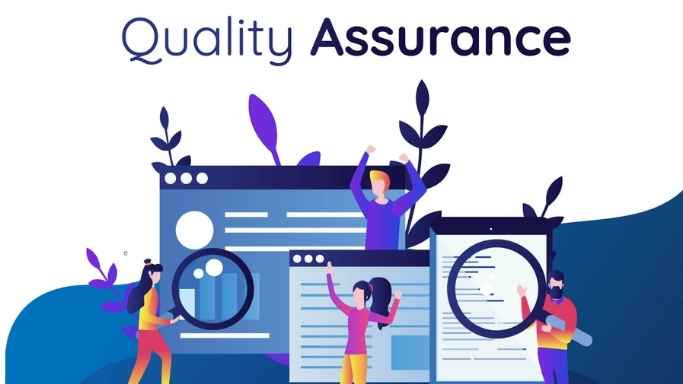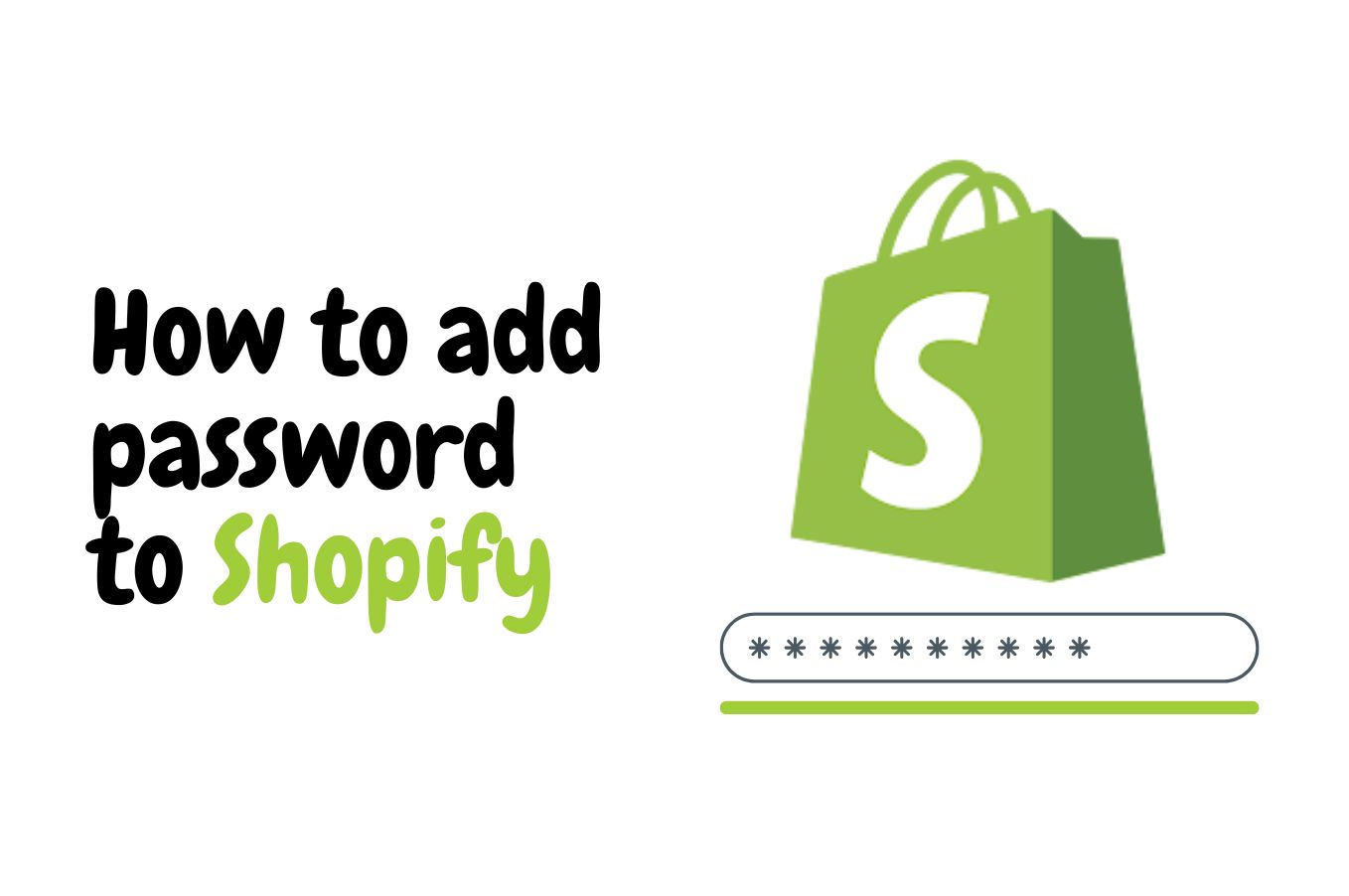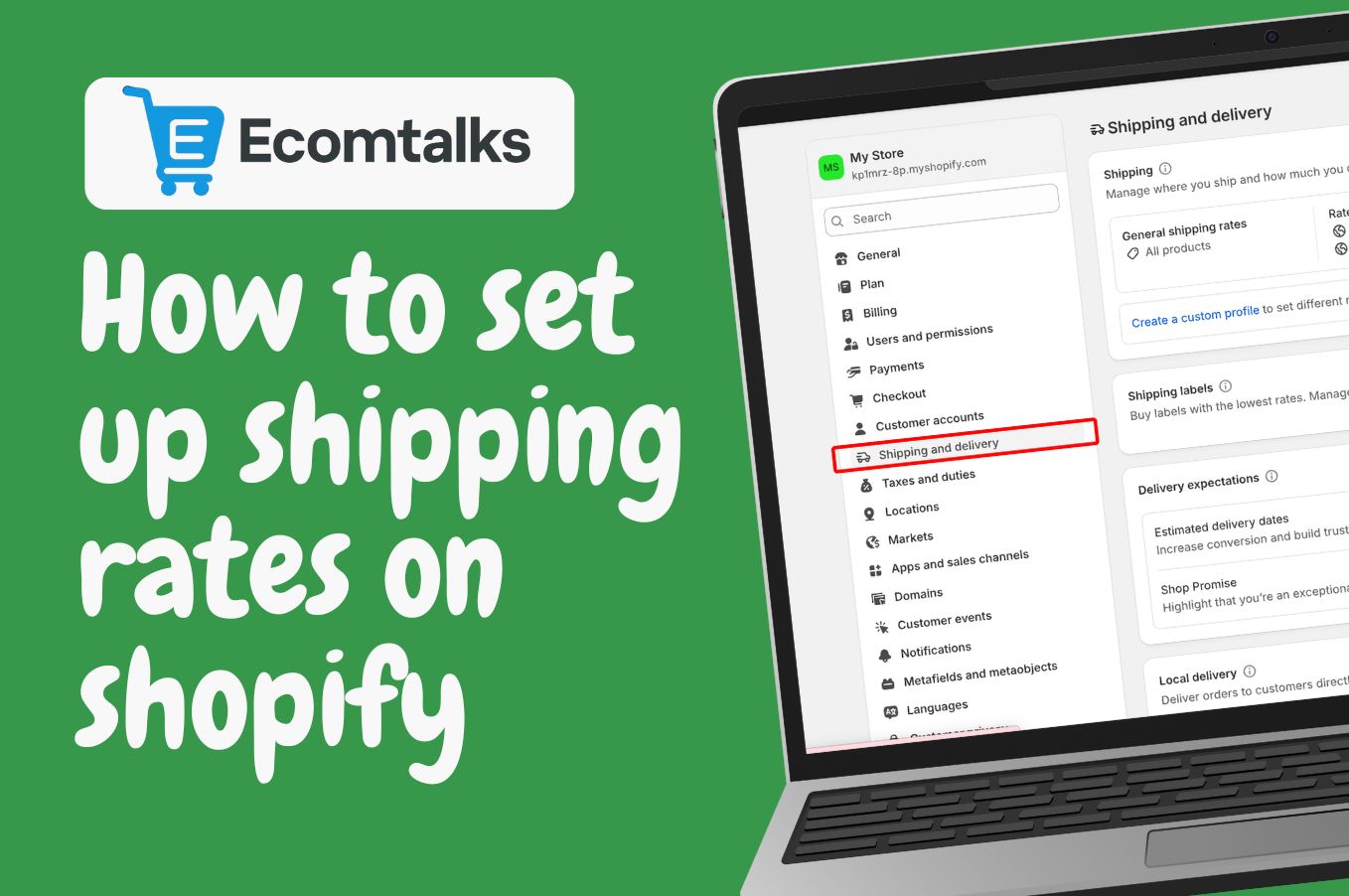Ecommerce QA: what it is and why your business can’t ignore it
In the digital marketplace, your website is your entire business. A single technical glitch—a broken payment button or a slow-loading page—can instantly erode customer trust and send potential sales to your competitors. To build a resilient and profitable online business, you must move beyond simply having a website to ensuring it works perfectly. This is where a strategic approach to Ecommerce QA (Quality Assurance) becomes your most valuable asset.
This comprehensive guide breaks down everything you need to know, following a clear structure: what it is, its core types, its undeniable benefits, and how to implement it effectively.
1. What Is Ecommerce Quality Assurance?
At its core, Ecommerce Quality Assurance (QA) is a systematic process of verifying that every element of an online store functions exactly as intended. It is not merely about "finding bugs" after development is complete. Instead, it is a proactive and holistic strategy focused on preventing issues and ensuring the entire customer journey—from initial discovery to final checkout—is smooth, intuitive, secure, and error-free.

Think of it as the digital equivalent of a final inspection for a physical retail store. Before opening the doors, you would check the lighting, ensure the cash registers work, test the security system, and make sure the aisles are easy to navigate. Ecommerce QA applies that same rigorous standard to your digital storefront.
2. The Core Types of Ecommerce QA
A comprehensive QA strategy is multi-faceted, covering different layers of your website's functionality and user experience. The most critical types of testing include:
- Functional Testing: This verifies that all features work according to requirements.
- Examples: Testing login/logout functionality, search bar accuracy, product filtering and sorting, and "Add to Cart" or "Wishlist" buttons.
- Usability Testing: This focuses on how easy and intuitive the site is for a real user. A functional site can still be difficult to use.
- Examples: Assessing the clarity of the navigation menu, the simplicity of the checkout process, and the overall logical flow of the customer journey.
- Performance Testing: This measures the website's speed, stability, and responsiveness, especially under pressure.
- Examples: Load testing (how fast pages load) and stress testing (how the site performs with many simultaneous users, like during a Black Friday sale).

Payment Gateway Testing: This is a crucial, high-stakes area. It ensures that money can be transacted securely and reliably.
Examples: Testing every payment method (Credit Card, PayPal, etc.), verifying order confirmations, and testing refund processes.
Security Testing: This aims to uncover vulnerabilities that could be exploited by attackers, protecting both your business and your customer data.
Examples: Scanning for weaknesses like SQL injection or cross-site scripting (XSS) and ensuring all sensitive data is encrypted.
Compatibility Testing: This guarantees your website provides a consistent experience across different environments.
Examples: Testing on various web browsers (Chrome, Safari, Firefox), operating systems (Windows, macOS, iOS, Android), and screen sizes (desktop, tablet, mobile).
3. The Unmistakable Benefits of Robust Ecommerce QA
Investing in a thorough QA process delivers a powerful return on investment. The benefits go far beyond a simple bug fix.
- Increased Revenue and Conversions: By eliminating friction points like a confusing checkout or a broken button, QA directly removes barriers to purchase. A smooth experience encourages users to complete their transactions, drastically reducing cart abandonment rates.
- Enhanced Brand Trust and Credibility: A professional, glitch-free website signals reliability. When customers see that your site works perfectly, they feel more confident sharing their personal and financial information, which is the foundation of a strong customer relationship.

- Superior User Experience (UX): Great UX makes customers want to return. QA ensures your site is not just functional but also enjoyable to use. This leads to higher customer satisfaction, positive reviews, and long-term loyalty.
- Reduced Development Costs: Finding and fixing a bug early in the development cycle is significantly cheaper and faster than fixing it after the site has launched and is affecting real customers. Proactive QA saves time, money, and headaches.
- Improved SEO Rankings: Search engines like Google favor websites that offer a great user experience. A fast, mobile-friendly, and secure site—all key outcomes of good QA—will naturally rank better in search results, driving more organic traffic.
4. How to Implement an Effective Ecommerce QA Strategy
Ready to build quality into your process? Follow these essential steps to implement a successful ecommerce QA strategy.
Step 1: Create a Detailed Test Plan
Before you begin testing, outline your strategy. Define the scope (which features to test), objectives (what you want to achieve), resources (who will test), and the timeline.
Step 2: Develop Comprehensive Test Cases
Write specific, step-by-step instructions for each test. A test case should include the action to be performed, the expected result, and the actual result. For example:
- Test Case: Verify "Add to Cart" functionality.
- Action: Navigate to a product page and click the "Add to Cart" button.
- Expected Result: A success message appears, and the cart icon updates with the correct item count.
Step 3: Choose the Right Tools
Your strategy should be a mix of manual and automated testing.

- Manual Testing: A human tester navigates the site like a real user, which is excellent for finding usability issues.
- Automated Testing: Software scripts run repetitive tests quickly and efficiently, ideal for regression and performance testing. Tools like Selenium, Cypress, and GTmetrix can be invaluable.
Step 4: Execute, Log, and Report
Run your tests systematically. When a bug is found, log it in a tracking system (like Jira or Trello). A good bug report includes a clear title, steps to reproduce the issue, screenshots or videos, and its severity level (e.g., critical, high, low).
Step 5: Fix, Retest, and Repeat
Once the development team fixes a reported bug, the QA team must retest it to ensure the fix works and has not broken anything else (this is called regression testing). This cycle continues until the feature is stable.
Conclusion: Build Quality into Your Foundation
In the end, ecommerce QA is not an optional final step; it is an ongoing commitment to excellence. It is the crucial process that transforms a functional website into a high-performing, trustworthy, and profitable online store. By integrating these principles into your operations, you are not just preventing errors—you are building a foundation for sustainable growth and long-lasting customer loyalty.
Ecommerce can feel overwhelming at first, but it doesn’t have to be. Ecommerce Basics breaks down the fundamentals so you can start with confidence.








.jpg)
.jpg)